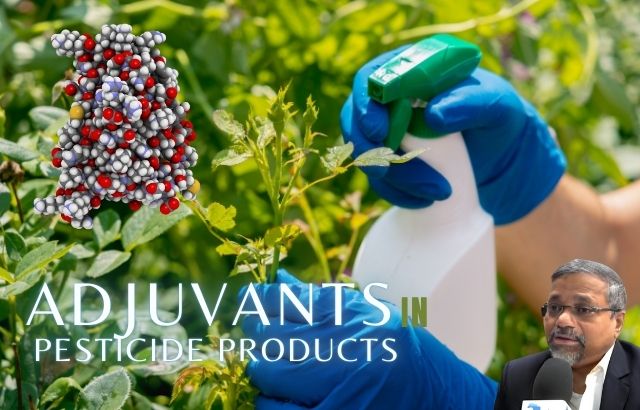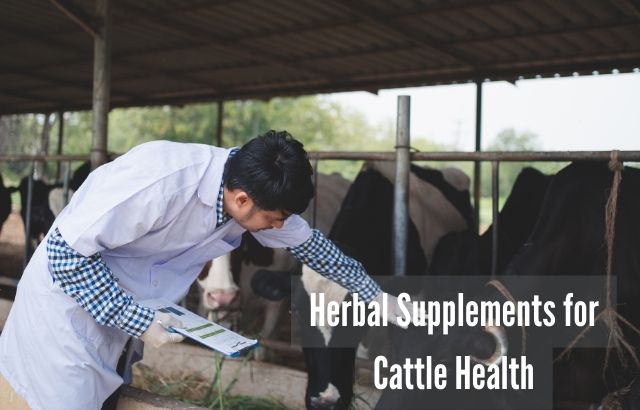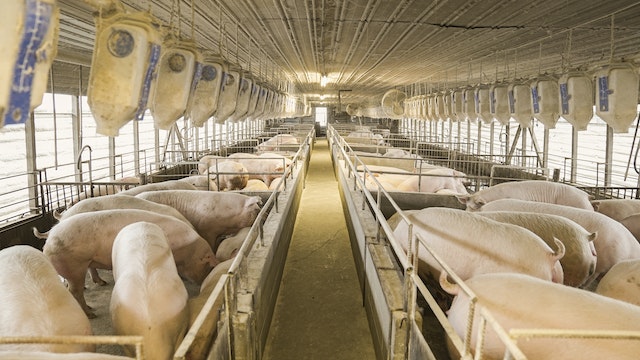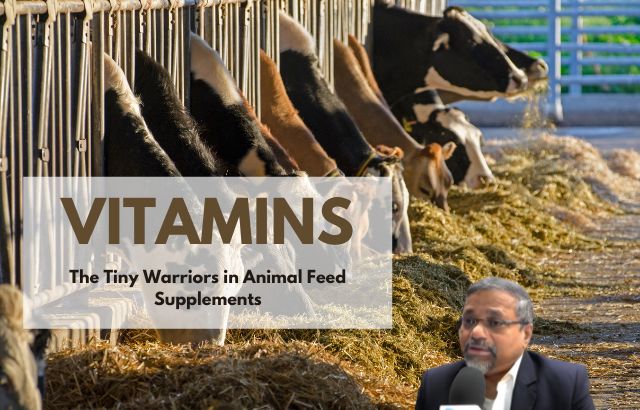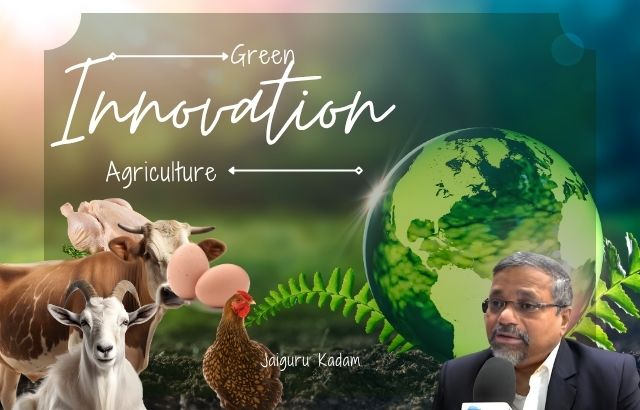Agriculture is the cornerstone of global food security, but the sector faces mounting pressures to meet the demands of a growing population, changing climates, and increasingly limited natural resources. To address these challenges, green innovation in agriculture is emerging as a crucial solution. This wave of innovation focuses on sustainable, eco-friendly alternatives to traditional agricultural practices, helping farmers increase productivity while preserving the environment.
In this post, we’ll explore some of the most promising areas of green innovation in agriculture, with a particular focus on Green Solvents, Green Surfactants/Adjuvants, and Plant-Derived Herbicides—all of which are transforming the way we think about farming and the materials we use to grow our food.
What is Green Innovation in Agriculture?
Green innovation in agriculture refers to the development and application of environmentally sustainable technologies and practices aimed at reducing the ecological footprint of agricultural activities. These innovations help optimize agricultural practices in ways that enhance productivity, reduce chemical dependencies, conserve resources, and minimize environmental harm.
These innovations come in various forms, ranging from biological pest control to sustainable irrigation systems and, notably, the use of alternative, eco-friendly agricultural inputs such as green solvents, surfactants, and plant-based herbicides.
Let’s dive deeper into these specific innovations:
1. Green Solvents: The Eco-Friendly Solution to Agrochemical Formulations
Traditional chemical solvents used in agrochemical formulations—such as pesticides, herbicides, and fungicides—are often toxic, hazardous, and harmful to both the environment and human health. These solvents contribute to soil and water contamination, air pollution, and even health problems for farmworkers.
Green solvents are emerging as an eco-friendly alternative to these toxic chemicals. Derived from renewable, natural resources such as plant oils, green solvents are biodegradable, non-toxic, and less likely to harm ecosystems.
Example:
One notable example of green solvents in agriculture is Limonene, a naturally occurring solvent extracted from citrus fruits. Limonene is used in agricultural applications to dissolve herbicides, pesticides, and other plant protection products. Unlike traditional chemical solvents, limonene is biodegradable and poses minimal toxicity risks to humans and animals, making it a safer alternative for farmers.
2. Green Surfactants/Adjuvants: Enhancing Agrochemical Efficacy and Sustainability
Surfactants (or adjuvants) are substances that enhance the performance of agrochemicals by improving their spreadability, adhesion, and uptake by plants. Traditional surfactants, however, are often derived from petrochemicals and can contribute to environmental pollution.
Green surfactants/adjuvants, made from natural sources such as plant-based oils or sugars, are biodegradable, non-toxic, and environmentally friendly alternatives. They are designed to help agrochemicals work more efficiently while reducing their environmental impact.
Example:
Methylated vegetable oils (MVOs) are a prominent example of green surfactants used in agriculture. These surfactants are derived from soybean or canola oils and are used in herbicide formulations to improve the herbicides’ effectiveness. MVOs help reduce the amount of herbicide needed by increasing its adhesion to plant surfaces and improving absorption, which means less chemical runoff and reduced environmental impact.
3. Plant-Derived Herbicides: A Safer, Sustainable Approach to Weed Control
Weed control has long relied on synthetic herbicides, which can be harmful to non-target plants, animals, and the environment. However, plant-derived herbicides are gaining traction as a sustainable alternative. These herbicides are made from compounds naturally found in plants and offer the potential for effective, non-toxic weed control.
Plant-derived herbicides are less likely to leach into the soil or water, making them an excellent choice for organic and sustainable farming practices.
Example:
Allelopathic herbicides are plant-derived substances that suppress the growth of other plants. One famous example is Pelargonic acid, derived from the castor bean plant. Pelargonic acid has been shown to be effective in killing weeds by disrupting their cell membranes. As a natural product, it is much safer for the environment compared to synthetic herbicides.
Green Innovation in Agriculture: Engrossing data from Jaiguru Kadam

Jaiguru Kadam, a leading Green Innovator and Agricultural Researcher, has been at the forefront of advocating for green practices in agriculture. His research and insights have been instrumental in the development of sustainable farming solutions that promise to revolutionize the agricultural industry.
According to Kadam’s latest reports, green innovations in agriculture could reduce global pesticide use by up to 40% within the next decade. Additionally, the adoption of green solvents and surfactants in agrochemical formulations could lead to a 20-30% reduction in chemical runoff, significantly reducing pollution in soil and water bodies.
Some of the most significant benefits Kadam highlights include:
- Improved Crop Yields: Through the use of plant-derived herbicides and green adjuvants, crop yields can increase by up to 15% as weeds and pests are controlled more efficiently and safely.
- Sustainability: Kadam’s research suggests that incorporating green innovation practices could reduce the carbon footprint of farming operations by up to 25%, helping to mitigate the effects of climate change.
- Farmer Health and Safety: By reducing exposure to toxic agrochemicals, farmers’ health and safety are significantly improved, with reported reductions in cases of pesticide poisoning and related illnesses.
Frequently Asked Questions (FAQs)
Q1: What are the primary benefits of green innovation in agriculture?
Green innovation helps increase agricultural productivity, reduce environmental pollution, improve human and animal health, and conserve natural resources. These innovations also promote biodiversity and ecosystem health by minimizing the use of harmful chemicals.
Q2: Are plant-derived herbicides as effective as synthetic herbicides?
Yes, plant-derived herbicides are effective in controlling weeds. While some may require higher application rates or more frequent applications, they can be just as effective as synthetic options. Moreover, they come with the added benefits of being eco-friendly and safer for the environment.
Q3: How do green surfactants improve the efficiency of agrochemicals?
Green surfactants help agrochemicals adhere better to plant surfaces, improving their spreadability and absorption. This makes them more efficient, reducing the amount of pesticide or herbicide required and minimizing the potential for harmful runoff into the environment.
Q4: Can green solvents replace all traditional chemical solvents in agriculture?
Green solvents are a promising alternative to many traditional chemical solvents, especially in formulations of herbicides, pesticides, and other agrochemicals. While they may not yet replace all traditional solvents in every application, ongoing research is likely to expand their use.
Conclusion: A Sustainable Future for Agriculture

Green innovation in agriculture, led by developments such as green solvents, surfactants/adjuvants, and plant-derived herbicides, is paving the way for a more sustainable and efficient agricultural system. By embracing these innovative practices, we can enhance food security, protect the environment, and ensure the health and safety of both farmers and consumers.
As we continue to face the challenges of global food production in an era of climate change, it is clear that green innovation is not just a trend but an essential component of the future of agriculture.
By investing in and supporting these green innovations, we can build a more resilient and sustainable food system for generations to come.
What are your thoughts on these innovations? Are you involved in agricultural research or sustainability efforts? I’d love to hear your perspective! write to me



